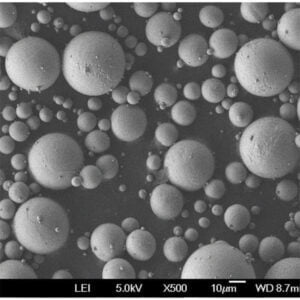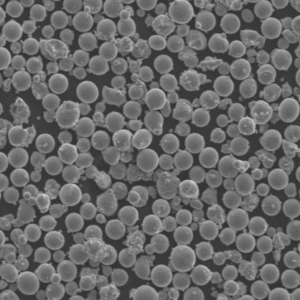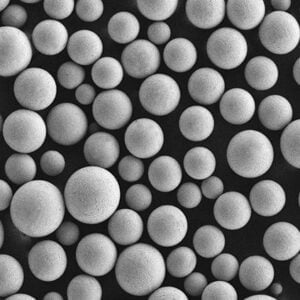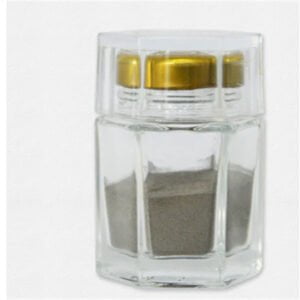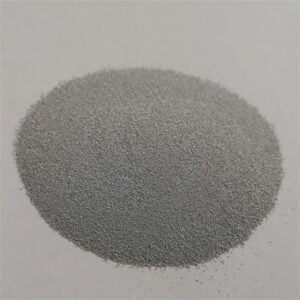Titanium Coated Diamond Powder
Table of Contents
Diamond powder is widely used in industrial applications as an abrasive material due to its extreme hardness. However, diamond has certain limitations. By coating diamond particles with titanium, some enhanced properties can be achieved.
Overview of Titanium Coated Diamond Powder
Titanium coated diamond powder refers to diamond particles that have a coating of titanium metal applied to their surface. This composite material combines the hardness of diamond with beneficial properties imparted by the titanium coating.
Benefits of Titanium Coating on Diamond Powder:
- Improves bonding between diamond particles and metal matrix in diamond tools
- Provides corrosion resistance
- Alters friction coefficients
- Can enable higher working temperatures
- Adjusts electrical conductivity
- Changes thermal conductivity
Key Properties of Titanium Coated Diamond Powder:
| Hardness | Up to 10,000 HV (diamond hardness) |
| Coating Thickness | 1 – 5 microns typically |
| Coating Process | Chemical Vapor Deposition (CVD) |
| Color | Dark gray to black |
| Bonding | Carbide bonding between Ti and diamond |
Particle Sizes Available:
- Nanodiamond powder (< 1 micron)
- Microdiamond powder (1 – 60 microns)
- Macrocrystalline powder (60+ microns)
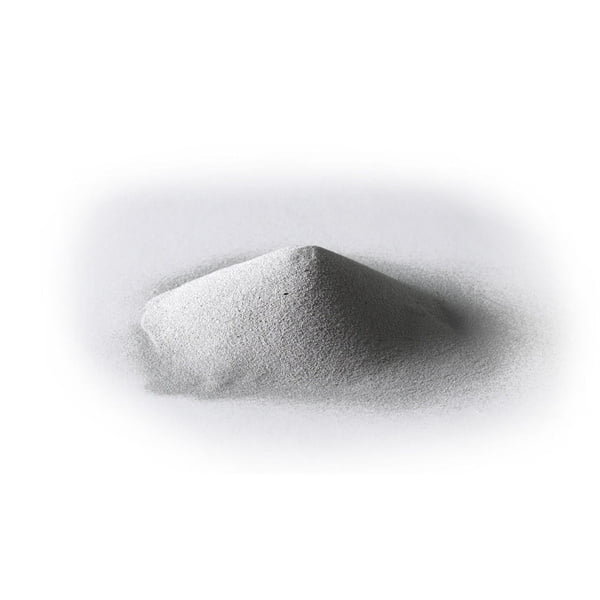
Composition of Titanium Coated Diamond Powder
Titanium coated diamond powder consists of a diamond particle core with a titanium coating applied to the outer surface.
| Component | Details |
| Diamond Core | Natural or synthetic diamond powder |
| Titanium Coating | Titanium metal, thickness under 5 microns typically |
| Coating Process | Chemical vapor deposition (CVD) |
The coating thickness, uniformity, and quality determine the material properties and performance. Advanced coating processes allow control of these parameters.
Properties and Characteristics
Titanium coated diamond particles exhibit a unique combination of the extreme hardness and thermal properties of industrial diamond along with the corrosion resistance, friction coefficients, and other benefits imparted by the titanium metal coating.
Key Properties:
| Hardness | Up to 10,000 HV (diamond hardness) |
| Strength | Extremely high compressive and shear strength |
| Wear Resistance | Highest degree of abrasion resistance |
| Corrosion Resistance | Excellent due to titanium coating |
| Thermal Conductivity | 1200-2320 W/mK |
| Service Temperature | Up to ~1100°C in air |
| Chemical Resistance | Highly inert, resistant to acids/alkalis |
| Friction Coefficient | Can be engineered via Ti coatings |
| Electrical Conductivity | Can be tailored based on Ti thickness |
Key Characteristics:
- Composite of diamond core for hardness and titanium metal coating
- Coating provides corrosion protection, oxidation resistance
- Alters frictional behavior compared to uncoated diamond
- Allows engineering of conductivity, thermal properties
- Enables high temperature operation
- Improves metallurgical bonding to matrix
Applications and Uses
Titanium coated diamond powder has found usage across a diverse array of industrial sectors. Some key applications include:
Automotive
- Grinding wheels
- Cutting tools
- Polishing compounds
- Engine parts
Aerospace
- Abrasives for composite materials
- Precision drilling/grinding
- Polishing applications
Electronics
- Diamond wafering blades
- Polishing applications
- Heat spreaders
Construction
- Stone/ceramic cutting
- Drilling/grinding tools
- Wire saws
- Masonry applications
Medical
- Precision cutting tools
- Grinding/polishing tools
- Dental burs/drills
Oil/Gas
- Drill bits
- Downhole tools
Specifications and Standards
Titanium coated diamond powder is available in a variety of particle size distributions, coatings thicknesses, purities, and can be customized to meet application requirements.
Particle Sizes:
| Microdiamond | 1 – 60 microns |
| Nanodiamond | Under 1 micron (D90 < 1 μm) |
| Macrocrystalline | > 60 microns |
Titanium Coating Thickness:
- Typically 1 – 5 microns
- Custom thicknesses available
Standards Compliance:
- ISO 13938 – Sieve analysis
- ASTM E11 – Particle size characterization
- Customized to application specifications
Suppliers and Pricing
Titanium coated diamond powder is sold commercially by a number of specialty suppliers. Pricing varies based on:
- Particle size distribution
- Volume purchased
- Coating thickness/quality
- Product customization
Representative Pricing:
| 600 grit Ti coated diamond | $7 – $15 per carat |
| Nanodiamond Ti coated | $200 – $600 per carat |
Contact specialty distributors for custom particle specifications and quotes.
Leading Suppliers
- Advanced Diamond Technologies
- Diamond Materials GmbH
- Eco Diamond Solutions
- SP3 Diamond Technologies
- Delaware Diamond Knives
Comparing Titanium Coated vs. Uncoated Diamond Powder
Titanium coated diamond powder offers some advantages and differences compared to uncoated diamond particles:
| Oxidation Resistance | Moderate | Excellent due to protective Ti coating |
| Tool Life | Standard | Extended life due to Ti layer |
| Bonding to Matrix | Variable adhesion | Excellent carbide bonding with Ti |
| Coefficient of Friction | Standard diamond values | Can engineer lower via Ti coatings |
| Thermal Conductivity | Standard diamond values | Can alter with Ti thickness |
| Electrical Conductivity | Non conductive | Can control via Ti layer |
| Cost | Lower | Higher but can offset via performance gains |
In summary, the titanium coating on diamond powder enhances a number of performance parameters while retaining the extreme hardness associated with diamond particles.
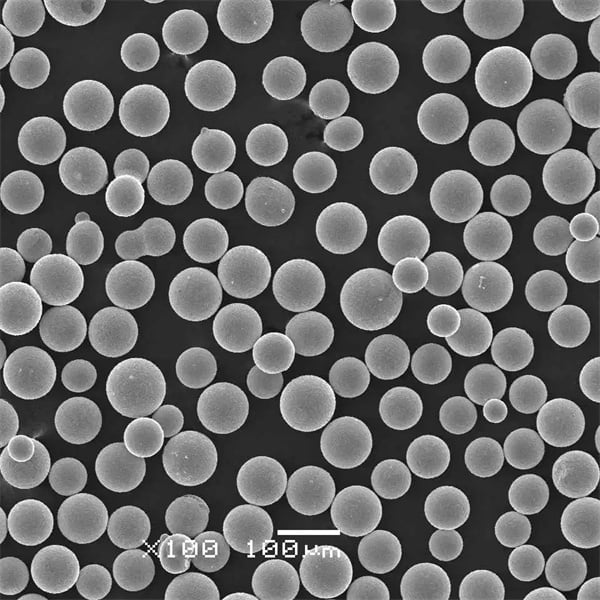
FAQ
Here are answers to some common questions about titanium coated diamond powder:
What is the coating process for applying the titanium layer?
Chemical vapor deposition (CVD) is typically used to deposit the titanium coating uniformly onto the diamond microparticles or nanoparticles. This allows controlled coating thicknesses.
How strong is the bonding between the titanium layer and diamond core?
There is extremely strong carbide bonding between the titanium coating and diamond powder. This ensures excellent adhesion and durability.
What industries use titanium coated diamond powder?
Automotive, aerospace, electronics, construction, medical, and oil/gas industries utilize this material for grinding, polishing, drilling, cutting tools, engine parts, and a variety of friction and wear applications.
What particle size titanium coated diamond is best for improving tool life?
Generally nano and micro-sized particles exhibit substantial improvements to bonding strength, wear resistance and extending operational lifetimes of diamond tools, while still retaining nanoscale diamond sharpness.
Is the coating uniform on all diamond particle sizes?
Advanced chemical vapor deposition (CVD) processes allow high quality coatings across a wide range of diamond powders, from nanodiamond through macrosized particles. Coating consistency determines overall performance.
Can any metal be used to coat diamond powder?
Titanium offers an optimal combination of coating adhesion, corrosion protection, thermal resistance, and alteration of material properties like friction and conductivity. Other metals like tungsten or chromium are also used in some diamond coating applications.
What are typical prices for titanium coated diamond abrasives?
Prices vary widely based on quality, customization, particle size and volume – from around $7 per carat for larger Ti coated macrodiamond powder through $600 per carat for precision nanodiamond grades.
Conclusion
In conclusion, titanium coated diamond powder retains the extreme hardness of diamond particles while gaining corrosion resistance, thermal stability, tailored frictional behavior, conductivity, and bonding properties from the nanothickness titanium metal coating. Combining the two materials creates a unique composite that expands the range of applications and improves performance of diamond tools and parts across demanding industrial sectors. With robust CVD coating processes ensuring uniform, durable coatings on particles ranging from nanodiamond through macrosized powders, titanium coated diamond abrasives will continue gaining traction in high precision, difficult machining and friction scenarios requiring diamond’s mechanical capabilities at higher working temperatures, speeds, and lifetimes.
Share On
MET3DP Technology Co., LTD is a leading provider of additive manufacturing solutions headquartered in Qingdao, China. Our company specializes in 3D printing equipment and high-performance metal powders for industrial applications.
Inquiry to get best price and customized Solution for your business!
Related Articles
About Met3DP
Recent Update
Our Product
CONTACT US
Any questions? Send us message now! We’ll serve your request with a whole team after receiving your message.

Metal Powders for 3D Printing and Additive Manufacturing
COMPANY
PRODUCT
cONTACT INFO
- Qingdao City, Shandong, China
- [email protected]
- [email protected]
- +86 19116340731






